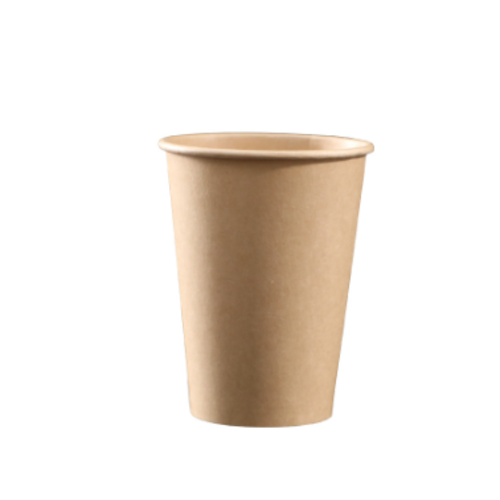The Evolution of Fish and Chips Packaging A Culinary Icon
Fish and chips have long been celebrated as a quintessential British dish, combining the delicate flavors of fried fish with the comforting crunch of chips. Yet, the story of this beloved meal does not end with its palatable appeal; the packaging that houses this culinary delight plays a crucial role in its tradition, practicality, and even sustainability.
Historically, the packaging for fish and chips was quite simple. Traditionally, consumed at fish and chip shops, the meal was often served wrapped in newspaper. This method not only kept the food warm but also served as an instant serving platter. As fish and chips became a staple of British cuisine in the 19th century, the use of newspaper reflected the simplicity and authenticity of the dish. However, this practice faced criticism due to hygiene concerns. Printed ink could potentially migrate to the food, creating health risks.
To address these issues, the packaging underwent a transformation in the mid-20th century. Greaseproof paper became the new standard, providing an effective barrier against oil and preventing the food from becoming soggy. The classic white paper, often folded into a cone shape, allowed for easy handling and consumption. Many fish and chip shops also began to incorporate branding into their packaging, with colorful logos and designs that enhanced their identity and attracted customers.
As environmental awareness grew in the late 20th and early 21st centuries, the debate around the sustainability of food packaging gained momentum. Fish and chips shops started to reflect these values by adopting eco-friendly packaging. Biodegradable materials, such as bamboo and recycled paper, began to enter the market, presenting a greener alternative to traditional packaging. Such innovations not only reduced plastic waste but also appealed to environmentally conscious customers, further solidifying the reputation of fish and chips as a responsible choice.
fish and chips packaging

Moreover, the rise of takeout culture necessitated more functional designs that catered to the on-the-go lifestyle of modern consumers. Innovations in fish and chips packaging began to address this by including sturdy containers that could withstand the rigors of transport. From clamshell boxes to compostable trays, these designs prioritize both functionality and sustainability, ensuring that the deliciousness of fish and chips can be enjoyed anywhere, anytime.
Today, artisanal fish and chips shops are embracing unique packaging designs that enhance the overall dining experience. Some establishments have taken a creative approach by introducing reusable packaging, encouraging customers to bring their own containers for a discount. This not only minimizes waste but also fosters a sense of community and responsibility among patrons.
In light of globalization and the concept of food fusion, the packaging of fish and chips continues to evolve. International trends have inspired new ways to present this classic dish. From gourmet variations served in elegant boxes to innovative, Instagram-worthy packaging that entices a younger demographic, the journey of fish and chips packaging reflects a blend of tradition and modernity.
In conclusion, the evolution of fish and chips packaging tells a compelling story about shifting cultural values, environmental consciousness, and culinary innovation. As this iconic dish continues to hold a special place in the hearts of many, the packaging will undoubtedly play a pivotal role in how it is enjoyed in the future. With a commitment to sustainability and creativity, fish and chips shops will continue to adapt, ensuring that this beloved meal remains not only delicious but also responsible and appealing to all.



